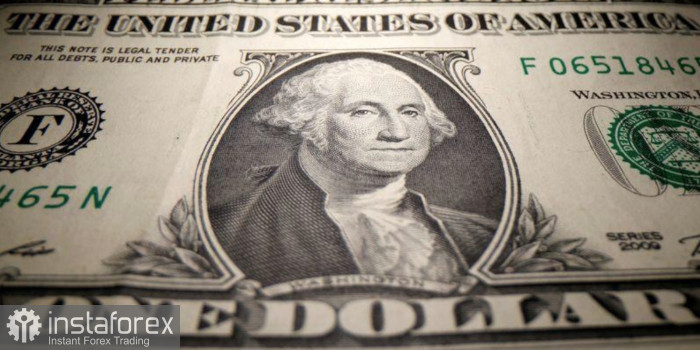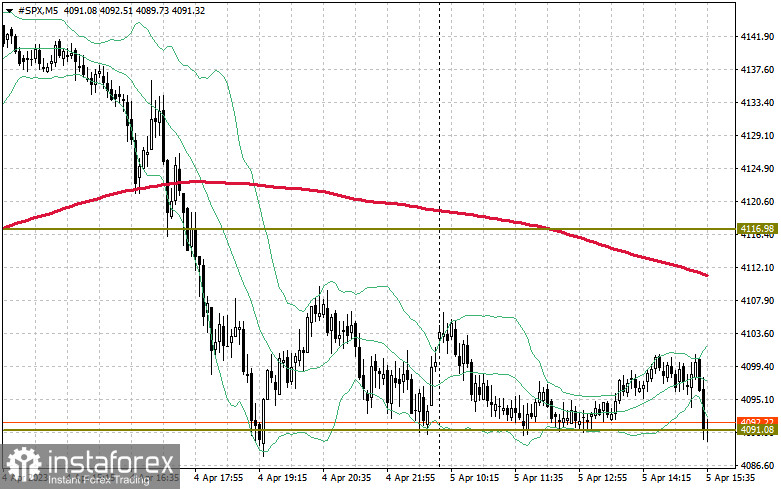
The first US labor market data release for March from ADP is due today, and by the end of the week, a more important US non-farm payroll report may exacerbate investor fears about future US interest rates. S&P 500 futures fell by 0.2%, while the Dow Jones Industrial Average declined by 0.1%. NASDAQ suffered the biggest losses during the premarket, sliding down by 0.3%. In Europe, the Stoxx 600 has also declined for the third straight day.
As mentioned earlier, the Reserve Bank of New Zealand surprised markets by raising interest rates by half a percentage point, which exceeded the forecast twofold. Governor Adrian Orr stated that inflation was too high, and that price growth expectations may also remain elevated despite a weaker economy.
Reserve Bank of Australia Governor Philip Lowe also dismissed expectations of the end of the tightening cycle, saying he could continue raising interest rates if necessary.
At the moment, the battle against inflation seems far from over. Despite recent signs of weakening economic activity and easing inflationary pressures, there may be issues with disinflation, and major central banks may face difficulties at the end of the year as many expect them to lower rates, even though regulators have not directly said so.
Meanwhile, the yield on two-year Treasury bonds rose by 5 basis points to 1.2% after yesterday's drop of 14 basis points. Fed swap contracts indicate that traders are now pricing in a 50% probability of a quarter-point rate hike at the Federal Reserve's in May, down from 70% on Tuesday.
Experts note that in the current situation, it is much easier for central banks to correct a hawkish mistake than to try to fix a dovish one. Allowing inflation to rise once again would make it much more difficult to contain than a year ago, prolonging the fight against it. How economies will react to a more extended period of high-interest rates remains to be seen.

Today, Cleveland Fed Reserve Bank President Loretta Mester indicated that policymakers should raise the benchmark interest rate above 5% this year and then maintain it at a restrictive level for some time to keep inflation down. The exact level depends on how quickly price pressures weaken. Mester suggested that in order to sustainably reduce inflation to 2%, monetary policy must remain in restrictive territory this year, which would require the federal funds rate to be above 5%. This statement, made at a Money Marketeers event at New York University, certainly did not add optimism to the market.
As for the technical picture of the S&P 500, demand for risk assets has slightly decreased. The index will increase further if the bulls manage to break above $4,116 and $4,150, which is not far from $4,184. Another high-priority task for the bulls will be to hold on to $4,208, which would strengthen the new bull market. In case of a downward movement amid a lack of direction and demand, buyers must keep the index above $4,090. If the S&P 500 breaks through this level, it would quickly push the trading instrument to $4,060 and open the way to $4,038.





















